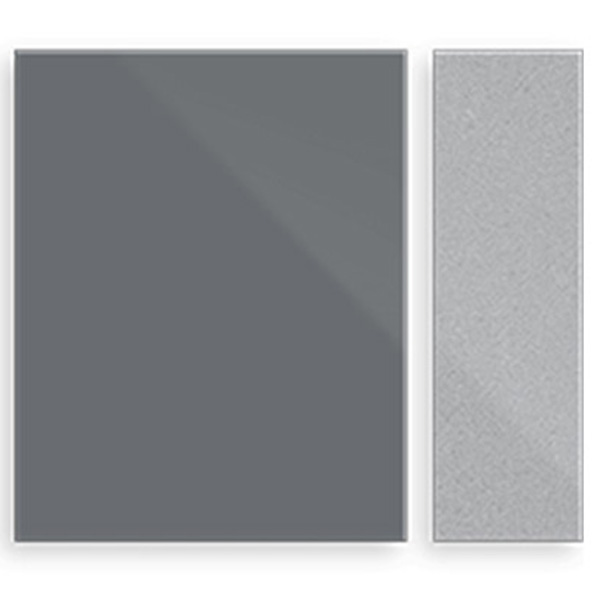
Dec . 05, 2024 11:55 Back to list
Deep Groove Ball Bearing Dimensions and Specifications Guide
Understanding Deep Groove Ball Bearings A Focus on Size Charts
Deep groove ball bearings (DGBBs) are one of the most widely used types of bearings in the world today. They are characterized by their simple design, versatility, and ability to support both radial and axial loads. In this article, we will delve into the specifics of deep groove ball bearings and discuss the importance of size charts, which are crucial for selecting the right bearing for various applications.
What Are Deep Groove Ball Bearings?
Deep groove ball bearings consist of an inner ring, an outer ring, a set of balls, and a cage that holds the balls in place. The deep raceway grooves in both the inner and outer rings allow the balls to fit snugly, providing a large contact area that enhances load-carrying capabilities. This type of bearing is suitable for high-speed operations and is generally maintenance-free, thanks to the sealed or shielded designs that keep lubricant in and contaminants out.
Applications of Deep Groove Ball Bearings
DGBBs find application in multiple industries, including automotive, aerospace, home appliances, and industrial machinery. They are commonly used in electric motors, pumps, fans, and conveyor systems. Their ability to handle moderate to high speeds and loads makes them a preferred choice for engineers and designers.
Importance of Size Charts
When selecting a deep groove ball bearing, the size is a critical factor that must be taken into consideration. The bearing's dimensions—such as inner diameter, outer diameter, width, and the number of balls—dictate its suitability for a specific application. Therefore, size charts are invaluable tools that provide quick reference information about various DGBB dimensions.
1. Inner Diameter (ID) The inner diameter of the bearing must fit precisely onto the shaft where it will be installed. A mismatch can lead to excessive wear or even failure of the assembly.
deep groove ball bearing size chart pdf

2. Outer Diameter (OD) The outer diameter needs to align properly with the housing in which the bearing will be placed. A correct fit ensures stability and reduces the risk of operational failures.
3. Width The width of the bearing contributes to its ability to support axial loads. Thicker bearings generally can handle higher loads but may also require more space.
4. Bearing Number Each DGBB is designated by a specific bearing number, which helps in identifying its size, type, and characteristics. Understanding these numbers is essential for sourcing the correct components.
5. Load Ratings Size charts also typically include load ratings that provide information about the bearing's capacity to handle different types of loads, both static and dynamic. This is vital for ensuring that the bearing will perform reliably under operational conditions.
Choosing the Right Bearing with Size Charts
When utilizing size charts, it's essential to consider not just the physical dimensions, but also the operational environment the bearing will be exposed to, including temperature, speed, and load types. For instance, if a bearing is to operate in a high-temperature environment, selecting one with suitable material properties is crucial.
Moreover, consulting the manufacturer's specific catalog can provide additional insights into the advantages and limitations of various bearing types. Some manufacturers offer customized solutions based on the needs demonstrated in specific applications, further ensuring that engineers can find the perfect match for their needs.
Conclusion
Deep groove ball bearings are essential components across numerous industries due to their versatility and efficiency. Understanding the intricacies of size charts is vital for making informed decisions when selecting bearings. By taking the time to familiarize oneself with these charts and the relevant bearing specifications, engineers can enhance the reliability and performance of their mechanical systems, ultimately leading to greater advancements in design and function in various applications.
Latest news
-
Premium Deep Groove Ball Bearings | High Speed & Reliability
NewsAug.29,2025
-
Durable Scaffolding Clamps - Secure & Reliable Tube Connectors
NewsAug.28,2025
-
Common Failures in Thrust Ball Bearings and Solutions
NewsAug.22,2025
-
How Tapered Roller Bearings Can Take Shock Loads
NewsAug.22,2025
-
Angular Bearings in High-Precision Spindles
NewsAug.22,2025
-
The Impact of Misalignment on Cylindrical Roller Bearing Performance
NewsAug.22,2025
